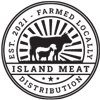BEEF MAKES EVERY MENU BETTER
Are you looking for a meat distributor for your restaurant? Contact us here.
Fresh Meat
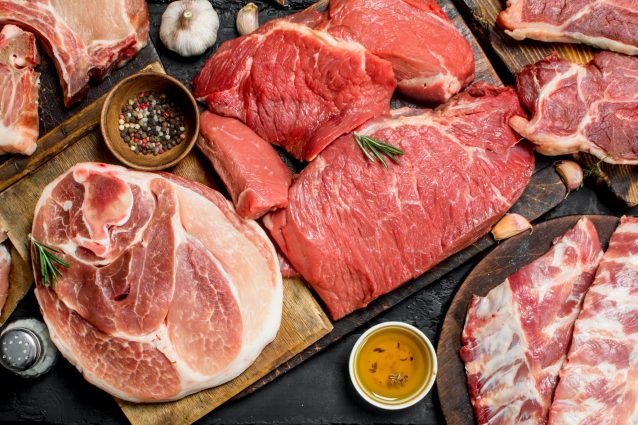
The Smell
Not everyone (even meat-eaters) like the smell of fresh meat, so many home cooks find it difficult to establish whether the aroma they’re smelling is a normal raw meat funk, or whether it’s spoiled. But smell is actually the best way to determine whether the meat is still fresh. If the smell is in any way pungent (or smells like rotting flesh), then stay away!
Look for clean cuts
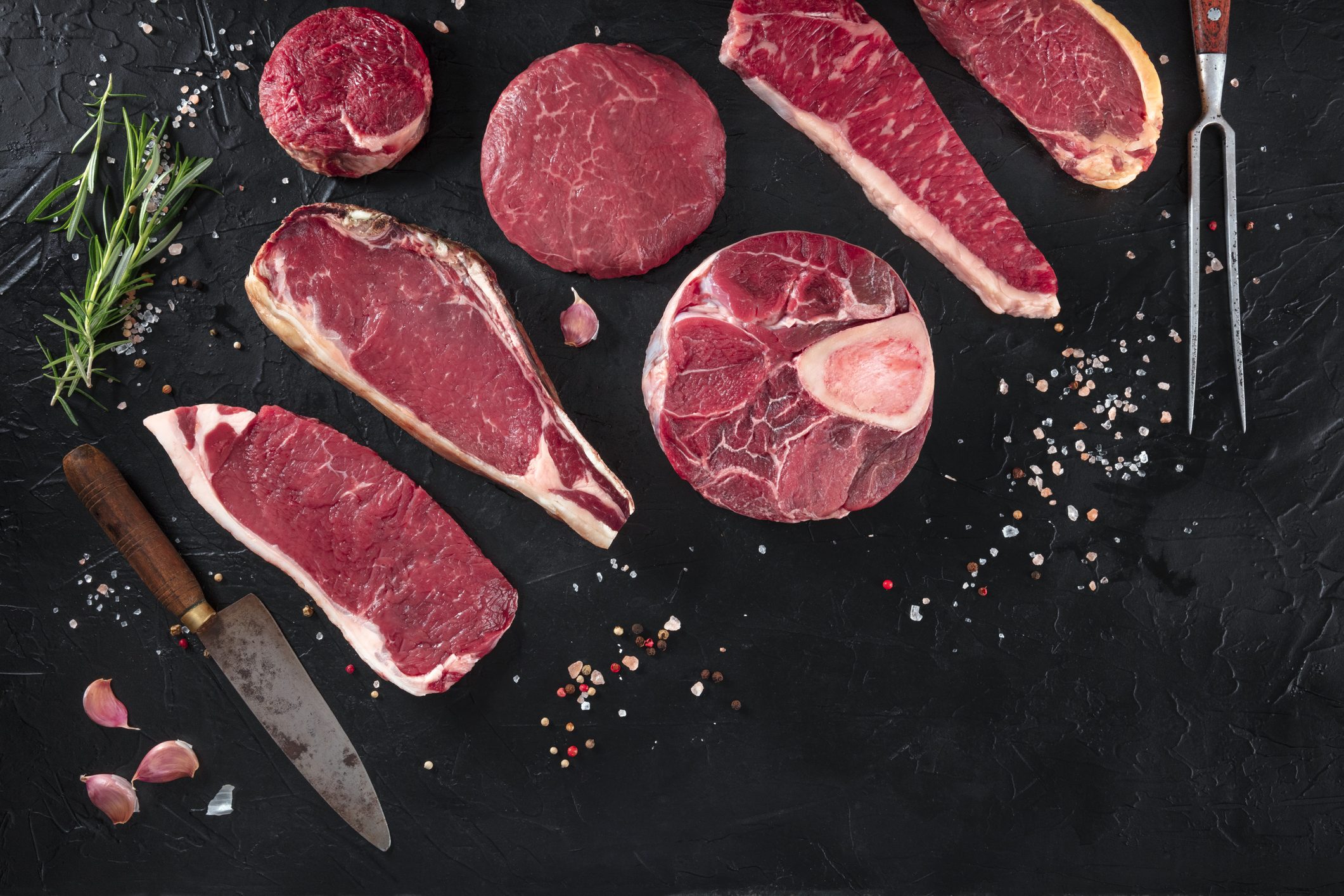
You can easily spot good quality meat by the way it’s butchered. Look for smooth cuts that are uniformly sized, and stay away from jagged edged meat.
The Meat Surface
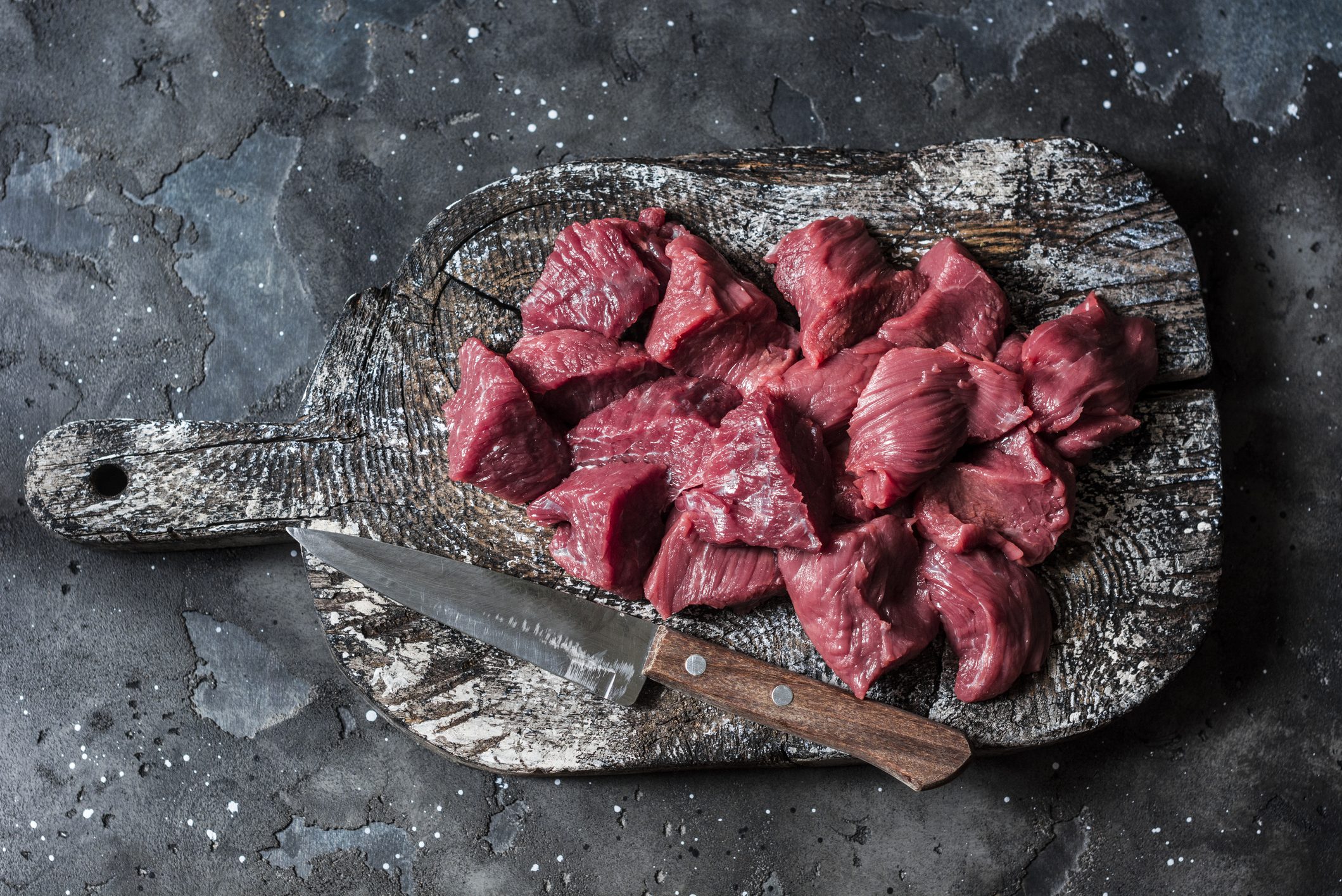
If you look closely at red meat, you will notice meat fibers. The grain of the fibers will tell you whether the meat is tough or tender. Coarse meat grains, with many visible muscle fibers, means a tough meat with lots of flavor. Choose these cuts for low and slow cooking. When buying beef tenderloin, you will notice the lack of these grains, meaning the meat will be tender when cooked.
Meat Fat

Meat with white flecks and streaks of fat distributed throughout the muscle, will be juicier and tender. This fat is called marbling, and the finer the marbling, the tastier. Wagyu beef is prized for its marbling and is well-known for its flavor and tenderness. These types of meat are also more expensive.
Meat Texture

Beef meat should be firm, dense and dry. The muscle fibers should be tightly packed and be uniform. If meat looks like it’s going to fall apart, it could be due to poor handling or poor quality. Poultry meat should also be firm and dry. If the meat is slimy or sticky, then rather stay away. This stands for all types of meat, whether you’re buying beef, lamb, chicken, or pork.
The Packaging

Look at the packaging for any sign of damage or dirt. Although it does not necessarily influence the meat quality directly, it does give you an indication of how the meat was handled. If you see dirty marks within the packaging, your meat was likely handled with the same dirty hands. Likewise, if the package is damaged, it is open to be contaminated by outside elements.
The Storage
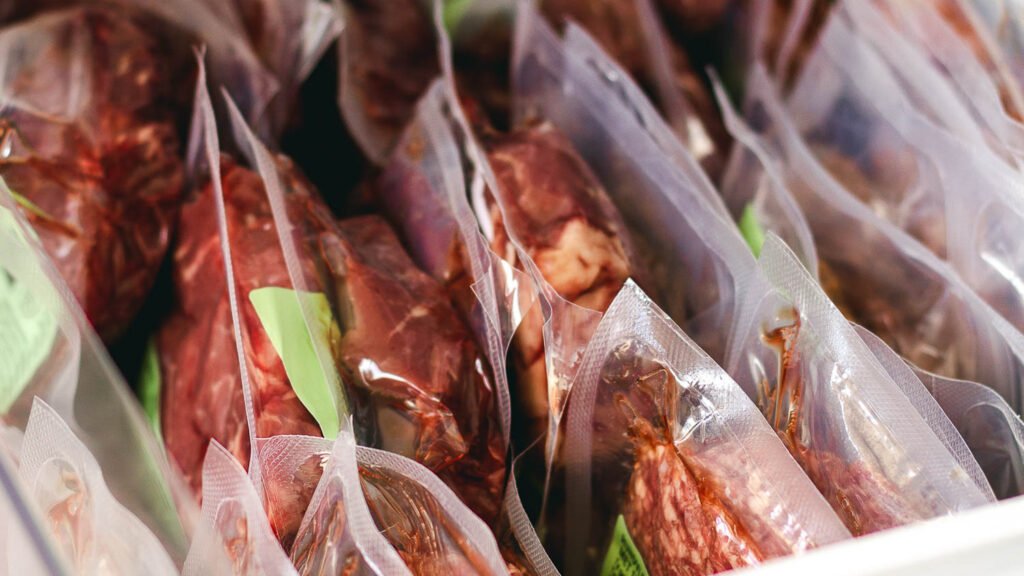
Something not many people look at when shopping for fresh meat, are the fridge and freezer storage. Why does this matter? Well, temperature control within a facility is extremely important to ensure your meat stays fresh. If you notice that the fridges are slightly warmer than usual, or you see water dripping from the freezers, there could be a technical issue, which means your meat might not be so fresh.
I am text block. Click edit button to change this text. Lorem ipsum dolor sit amet, consectetur adipiscing elit. Ut elit tellus, luctus nec ullamcorper mattis, pulvinar dapibus leo.
Dry Ageing
Dry ageing involves the degradation of connective tissue and muscle protein structure of the meat of carcasses or cuts of meat and must be managed to ensure growth of beneficial and non-harmful moulds. Best practice is to reduce carcasses to smaller primals and sub-primals in preparation for the ageing process. The most popular cuts used for ageing are strip loin, rib eye and sirloin that can be aged in dedicated refrigeration units or rooms. For dry aged meat, the fat cap is often left on the meat to help with flavour development, retention of moisture and reduction of trim loss when the crust is eventually trimmed off.

Dry aged beef has an intense flavour when compared to wet aged meat that can have a sour blood/serum flavour. The reason for this is that the predominant bacteria on dry aged meat are the Pseudomonas that grow in the presence of oxygen. This is different to wet aged packaged meat where Lactobacilli bacteria grow in the absence of oxygen. The Lactobacilli bacteria convert lactose to lactic acid therefore wet aged product may have a slightly sour taste or odour when compared to the Pseudomonas that do not produce any sour flavours on dry aged meat.
Dry aged beef is considered a gastronomical treat and is commonly found in some of the finest restaurants and butcher shops. Premium dry aged beef products usually come from grain fed cattle due to the greater marbling within the meat. Extremely lean meat will spoil if aged. The flavour of dry aged beef can range from buttery to nutty and almost gamey depending on the age and storage conditions. The flavour is also dependent on other factors such as the quality of the meat cut, whether it is grass fed or grain fed, storage temperature and relative humidity during ageing. Premium products can be dry aged for up to 6 weeks provided the process meets the requirements of these guidelines. It may be difficult to maintain the wholesome of meat after 8 weeks of dry ageing.
The Processes
1. Enzymatic Action
Endogenous proteolytic enzymes from the meat itself as well as from the specific beneficial moulds weaken the structural myofibrillar proteins in the meat. This takes 10 to 14 days and results in a more tender meat. At this stage the meat flavour can usually be described as buttery and smooth.
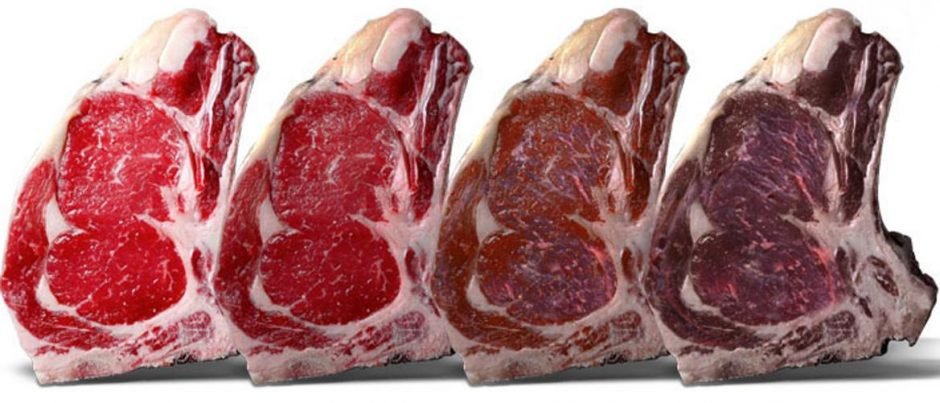
2. Evaporation
Loss of water from the meat by evaporation causes concentration of the remaining proteins and increases flavour intensity to a nutty almost gamey taste. Final water loss can be up to 50 per cent and depends on the relative humidity used during drying.
Control Factors
3. Temperature
A storage temperature between -0.5°C to 1°C should be used. A temperature of between 2°C to 3°C may be used when the meat is only aged for 2 to 3 weeks. Frozen or thawed meat must not be aged because the desired enzymatic action will not occur and mould growth will not be initiated on the surface of the meat. The temperature must be recorded daily throughout the ageing process to ensure the wholesomeness of the meat is maintained in compliance with the requirements of Australian Standard for the Hygienic Production and Transportation of Meat and Meat Products for Human Consumption (AS 4696:2007).
4. Relative Humidity (RH)
Control of RH is important because it restricts growth of pathogenic bacteria by drying the meat surface resulting in the formation of a crust. This also reduces bacterial growth on the surface in preparation for growth of the desirable Thamnidium mould. A RH of between 75% to 85% is recommended and actual RH should be recorded daily for the duration of the ageing process. Lower RH may be used but tends to dry out the meat and contribute to higher trim losses in the final product. Higher RH should not be used because it will result in spoilage of the meat before ageing is complete.
5. Air Flow
To prevent spoilage, portions of meat must be adequately separated from each other to allow efficient and controlled air flow between each portion. The desirable air velocity is 0.2 to 0.5 m/s and can be controlled with a properly designed refrigeration unit and fans. The air velocity and flow should be kept uniform for the duration of the drying process and is most critical at the start of the dry ageing process.
6. Cross Contamination
Dry aged meat must be segregated from all other meat products. Dry ageing must not be conducted in chillers where other fresh meat is stored. Purpose built rooms and cabinets must be used for the dry ageing of meat. Trimming and preparation of product for packaging and sale must be segregated from areas used for fresh meat. Dry aged meat products must not be displayed in retail display cabinets with other fresh meat. Designated cabinets and/or chillers must be used.
7. Antibacterial Strategies
The use of ultraviolet (UV) light for destruction of bacterial cells is well known for fresh meat. A more sophisticated approach to manage the dry ageing process is to install UV lighting entirely and leaving no other light source. Air can also be circulated through UV lit chambers however the costs may be prohibitive. The use of antibacterial rinses for the preparation of meat for dry ageing has some inherent risks and must be validated and approved.
8. Microbiological
Dry ageing involves restricting bacterial growth and encouraging the growth of beneficial mould. During the dry ageing process, mould from the Thamnidium, Penicillium, Rhizopus and Mucor genera can be found on the surface of the meat. The most desirable is the Thamnidium mould as it has been shown to releases proteases that tenderise ageing meat. Other mould species have been associated with infections in humans and production of harmful natural toxicants. They also do not provide any favourable characteristics for ageing of meat.
Ask our butchers

You have a meat expert right behind the counter, so make use of their knowledge. If you’re uncertain about all the aspects of meat, ask our butcher for advice. They will be able to advise you on what to look for, what the right cuts are for your dish, what the freshest meat in store is, how to cook it, and may even give you a discount if you buy in bulk!
